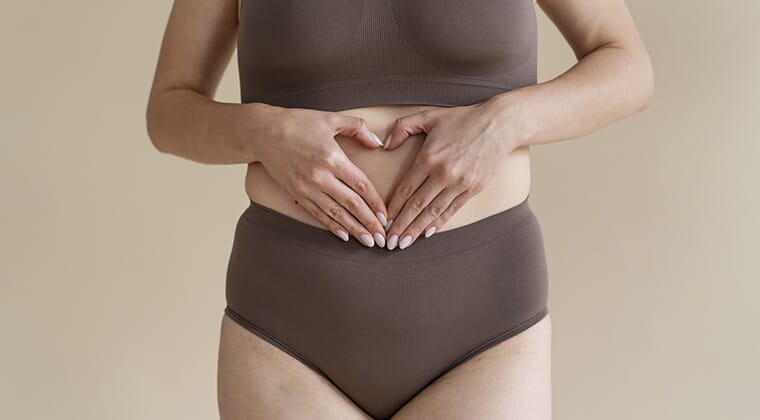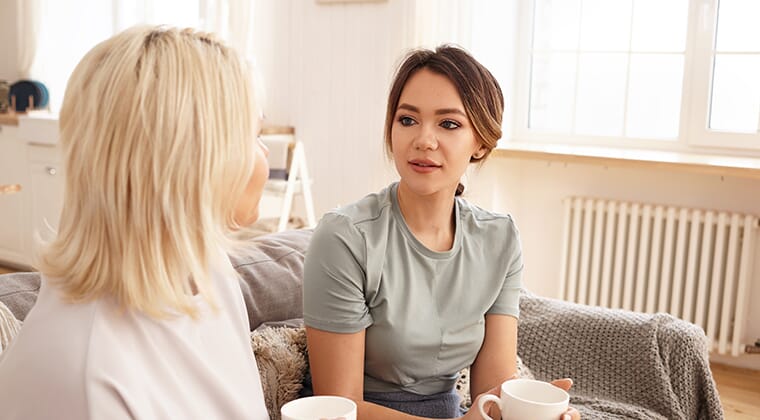We’ve recently launched the Parla Quiz series: a fun and interactive way to get to grips with your reproductive health. Our first three quizzes help you understand your risk of endometriosis, fibroids and PCOS.
These are all common conditions, but like most aspects of women’s health…bit of a black box! We’d like to change that, and help women recognize the symptoms of these conditions. Not to alarm you, but to help you get familiar with your body, and take charge of accessing expert help if you need it.
Take our quick quiz to assess your risk of fibroids.
So, what are fibroids?
These are growths that develop in or around the womb (uterus). They’re made up of muscle and fibrous tissue, and can vary in size. Lots of women don’t know they have them, because sometimes, they experience no symptoms.
However, if you’re the 1 in 3 who do experience symptoms, you might notice some of the below.
- Heavy periods (your periods are heavy if you’re changing sanitary products every hour or two, have blood clots about the size of a coin, or you’re bleeding through to clothes or bedding)
- Painful periods
- Tummy pain
- Lower back pain
- A frequent need to urinate
- Constipation
- Pain or discomfort during sex
Since not everyone has these symptoms, they’re quite commonly found during a routine gynae exam. The above symptoms may lead your GP to suspect fibroids, after which they’ll usually recommend a painless ultrasound scan to confirm the diagnosis.
What causes fibroids?
We don’t exactly know the cause, but they’re linked to the hormone estrogen. They tend to shrink when estrogen levels are lower, like at menopause.
Fibroids are very common: around 1 in 3 women will develop them at some point in life! They’re most likely to occur in your 40s or 50s. They’re also more frequently developed in women of African-Caribbean heritage.
They’re more commonly found in overweight people, since being overweight increases your levels of ostreogen. They’re also more likely if you haven’t been pregnant before. This risk seems to decrease as you have more children.
What do I do about them?
For the most part, fibroids don’t need treatment if they’re not causing you symptoms. If they are, it’s more likely that doctors will treat your symptoms. For example, you could be given traxenamic acid to reduce flow if you have particularly heavy periods.
Fibroids also shrink and disappear on their own over time, especially after menopause. Medication can reduce the their size. Ultimately, if treatment for your symptoms or medication isn’t useful, surgery may be recommended.
Complications can sometimes affect pregnancy or cause infertility, though this is rare. If you’re trying to conceive, it’s a good idea to take the quiz. If your risk is found to be high, you can discuss you results with our team of experts, free of charge. You can also find more information on the NHS website.
Join Parla for free today to access more educational content like this, hormone tests and free quizzes, and our community of fertility health experts.





